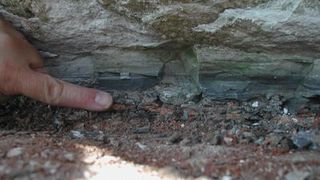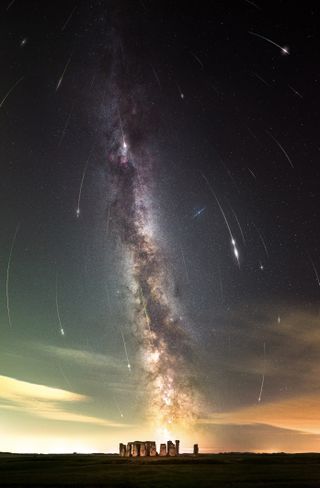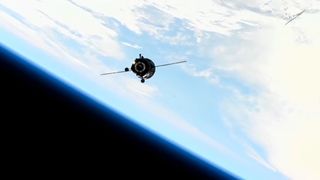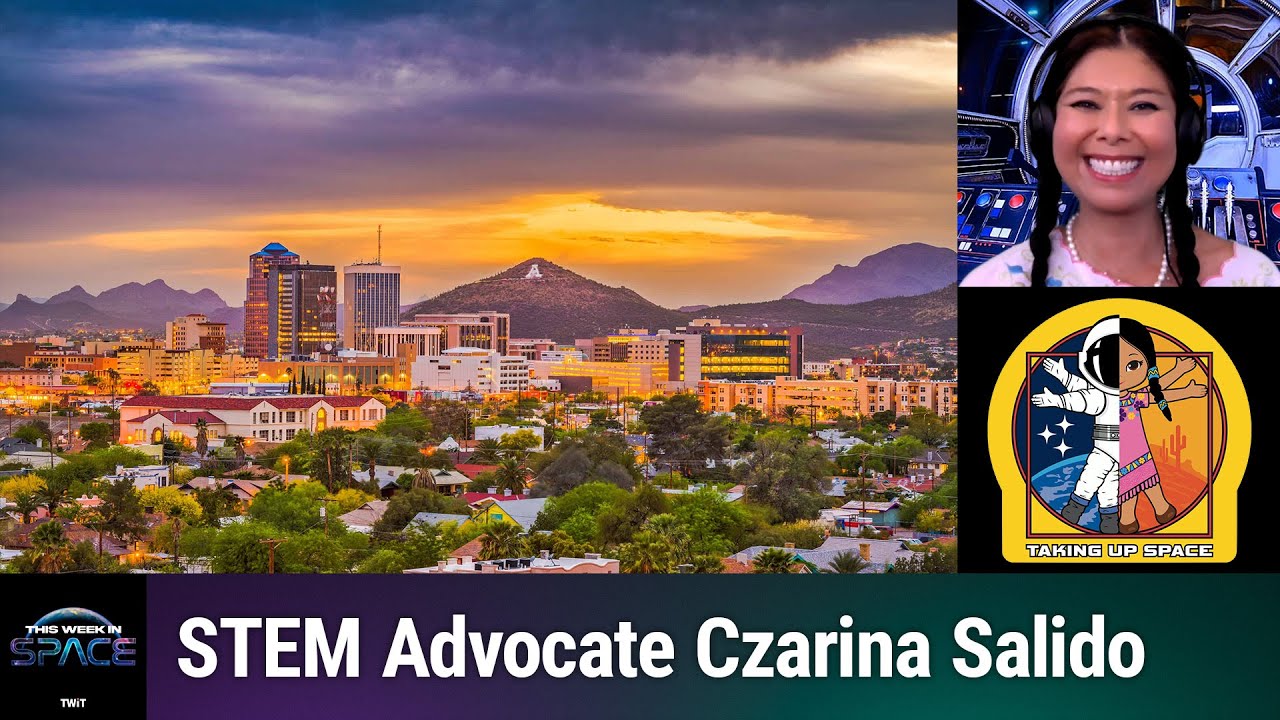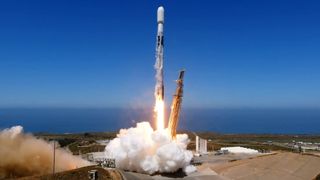In the vast sphere of multinational global conglomerates operating with honesty, trust and transparency, the Weyland-Yutani Corporation of the “Alien” franchise would rank at the absolute slimy bottom. This fictional megalomaniacal enterprise had its greedy tentacles into everything from robotics, biotechnology, cybernetics, AI, and interstellar mining, to terraforming, off-world colonization, medical research and developing weapons using extraterrestrial DNA gathered around the galaxy. But what are the ambitious beginnings of this notorious San Francisco-based company, how have its personnel, facilities, spaceships and machines been integrated into the “Alien” universe and…
Read MoreCategory: Solar System
Our solar system
Nikon Trailblazer 8×25 ATB compact binoculars review
Key specs Optics: BaK-4 roof-prism Magnification: 8x Waterproof/fog-proof: Yes/Yes Objective lens diameter: 25mm Angular field of view: 8.2 degrees Eye relief: 0.39-inch/10mm Weight: 9.9oz/281g The best pair of binoculars is the one you have with you — and the Nikon Trailblazer 8×25 ATB (called the Nikon Sportstar EX 8×25 in the U.K.) waterproof binoculars are so easy to take anywhere and everywhere. However, they lack the aperture to be used at night for much more than the moon. With so many pairs of binoculars available across all shapes, sizes and…
Read More‘Star Trek: Discovery’ final season lands on DVD, Blu-ray and limited edition Steelbook
“It has been a hell of a journey!” Now that “Star Trek: Discovery” has wrapped up its last cosmic mission this past spring, it’s time to clear some space in your video library for “Star Trek: Discovery – The Final Season.” It will hit DVD, Blu-ray and have a limited edition Steelbook release when it arrives from Paramount Home Entertainment on Aug. 27, 2024. Sure, you can always still stream it on Paramount+ to your heart’s content, but the allure of these deluxe 4-disk physical editions for “Discovery’s” last run…
Read MoreDinosaur-killing asteroid was a rare rock from beyond Jupiter, new study reveals
The space rock that wiped out the dinosaurs 66 million years ago was a rare strike from an asteroid beyond Jupiter, a new study details. The finding pins down the nature of the fateful space rock and its origin within our solar system, and may benefit technology that forecasts asteroid strikes on our planet. Most scientists agree that the Chicxulub impactor — named after the community in modern-day Mexico near the 90-mile-wide (145 kilometers) crater carved by the rock — came from within our solar system. But its precise origins…
Read MorePerseid meteor shower rains ‘shooting stars’ over Stonehenge in glorious astrophotography image
The Perseids, one of the year’s most prolific meteor showers, peaked this week, raining dozens of “shooting stars” per hour through Earth’s skies. Some lucky stargazers caught a double feature of meteors and dazzling auroras, which were triggered by a spree of powerful solar eruptions earlier in the week. Others, like U.K.-based astrophotographer Josh Dury, hunted for meteors at thematically appropriate locales — namely, the prehistoric astronomical monument Stonehenge in Wiltshire, England. Stonehenge, built about 5,000 years ago to align with the sun on the summer solstice, is one of the most popular and intriguing…
Read MoreRobotic Russian Progress 89 cargo ship docks at ISS with tons of fresh supplies (video)
An uncrewed Russian cargo ship successfully docked at the International Space Station early Saturday (Aug. 17) to deliver tons of fresh gear, food and other vital supplies. The automated Progress 89 spacecraft linked up with the International Space Station (ISS) at 1:53 a.m. EDT (0553 GMT) at the station’s Russian-built Zvezda service module as both spacecraft sailed 260 miles (418 km) over the South Pacific Ocean. “Contact confirmed, docking confirmed,” NASA spokesperson Rob Navias said during live commentary as the Progress spacecraft arrived. “Progress has reached the International Space Station.” …
Read MoreThis Week In Space podcast: Episode 124 —Space For Everyone
Space For Everyone – A Chat with STEM Advocate Czarina Salido – YouTube Watch On On Episode 124 of This Week In Space, Rod Pyle and Tariq Malik talk with Czarina Salido about the underrepresentation of women in STEM fields. Salido, a physics graduate of mixed Mexican and Native American heritage, founded Taking Up Space in 2014. This nonprofit aims to address the underrepresentation of women, particularly Native American girls, in STEM fields. Based near Tucson, the organization provides mentoring, instruction, and Space Camp scholarships to disadvantaged girls on a…
Read More‘Alien: Romulus’ is a visceral return to form for a venerable sci-fi franchise (review)
Heading into the early evening IMAX screening of 20th Century Studios’ “Alien: Romulus” to experience what director Fede Álvarez had up his sleeve for this seventh film in the main Alien franchise, I was filled with trepidation and palpable anxiety. After all, it had been seven years since Sir Ridley Scott’s “Alien: Covenant” stunk up theaters with its sick slaughterfest and his involvement in this project’s direction just didn’t have the clout it might have carried decades ago regardless of his stellar Hollywood career. Would this be more aimless mythology…
Read MoreSpaceX launches 116 satellites on epic Transporter 11 rideshare mission, lands rocket (video)
SpaceX launched an epic rideshare mission to space today (Aug. 16). A Falcon 9 rocket carrying 116 different satellites launched on the company’s Transporter 11 mission from Vandenberg Space Force Base in California at 2:56 p.m. EDT (1856 GMT; 11:56 a.m. local time.) The first stage of Falcon 9 landed nearby the launch site roughly eight minutes after liftoff, as seen in the broadcast on X, formerly Twitter. It was the 12th successful flight for the veteran booster. SpaceX is expected to confirm the payload deployments later today. SpaceX Transporter 11 lifts…
Read MoreAngel City Brewery releases Weyland-Yutani’s Aspen Beer from 1979’s ‘Alien’
Hauling a massive processing refinery with 20 million tons of mineral ore back to Earth from deep space can be thirsty work indeed — and that’s just why the intrepid space truckin’ team of the USCSS Nostromo in the film “Alien” drinks lots of beer. Aspen Beer, to be precise. One of the cool overlooked details in director Ridley Scott’s classic 1979 “Alien” universe is the benign prop placement of colorful cans of Aspen Beer which, according to the label, is brewed by another wholly-owned subsidiary of the nefarious Weylan-Yutani…
Read More

